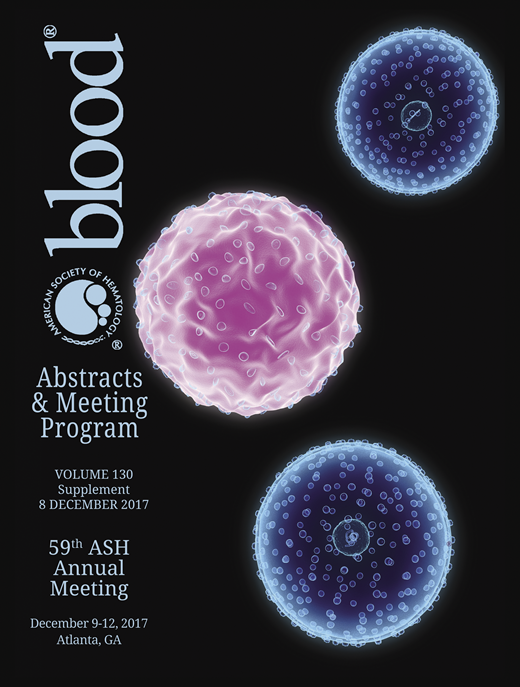Abstract
Introduction: Multiple myeloma (MM) is a common hematologic malignancy that is consistently preceded by monoclonal gammopathy of undetermined significance (MGUS). The biology of this myelomagenesis has been studied; yet little is known about clinical predictors of progression of MGUS to MM. Studies have shown that higher serum M-protein concentrations at MGUS diagnosis are associated with MM, and M-protein concentrations change over time. We aimed to study whether the rate of rise in serum M-protein concentration between MGUS diagnosis and MM diagnosis - M-protein velocity - can predict the progression of MGUS to MM.
Methods: Data from the U.S. Veterans Health Administration database were used. A cohort of patients diagnosed with MGUS between October 1, 1999 and December 31, 2009 were identified using the International Classification of Diseases, 9th Revision, Clinical Modification (ICD-9-CM) code 273.1 and followed through August 6, 2013. MM diagnosis among these patients were identified by ICD-9-CM code 203.0 and the International Classification of Diseases for Oncology codes 9731/3, 9732/3, and 9734/3. Patient chart review was performed to verify MGUS and MM diagnoses and obtain data on M-protein concentration at MGUS diagnosis and immunoglobulin (Ig) subtype. We excluded patients with a diagnosis of human immunodeficiency virus; non-Ig G or non-Ig A patients; or patients with only one measurement of M-protein concentration between MGUS diagnosis and 6 months before MM diagnosis. MGUS patients who had progressed to MM were matched (in a 1:4 ratio) to those who had not developed MM based on age at MGUS diagnosis. To define M-protein velocity, we used all M-protein concentration values measured between MGUS diagnosis and 6 months before MM diagnosis. A 6-month M-protein velocity was computed as the rate of rise in M-protein per 6 months, and a patient can have ≥1 velocities between MGUS diagnosis and 6 months before MM diagnosis. To analyze the time between MGUS diagnosis and MM diagnosis, we used multivariable Cox model with the following covariates: sex, race, body mass index, comorbidities, and M-protein concentration at MGUS diagnosis; immunoglobulin G; and time-varying 6-month M-protein velocities.
Results: A total of 900 MGUS patients were included in the analysis. Among them, 146 MGUS patients progressed to MM. As shown in Figure 1, an M-protein velocity of 1 g/dL increase per 6 months was associated with a significantly higher risk of progression to MM (hazard ratio, HR: 6.34; p<0.0001). An increasing level of M-protein concentration at MGUS diagnosis also increased the risk of the progression (HR: 3.23; p<0.0001 per 1 g/dL increase). Immunoglobulin G subtype was negatively associated with the risk of progression of MGUS to MM (HR: 0.40; p<0.0001).
Conclusion: MGUS patients with M-protein concentrations increasing more than 1 g/dL per 6 months after MGUS diagnosis may be associated with a higher risk of progression to multiple myeloma. Close monitoring of serum M-protein concentration through serum protein electrophoresis tests after a diagnosis of MGUS is needed for early detection and timely treatment of this incurable malignancy.
Sanfilippo: Bristol Meyers Squibb: Speakers Bureau. Carson: Seattle Genetics: Honoraria.
Author notes
Asterisk with author names denotes non-ASH members.


